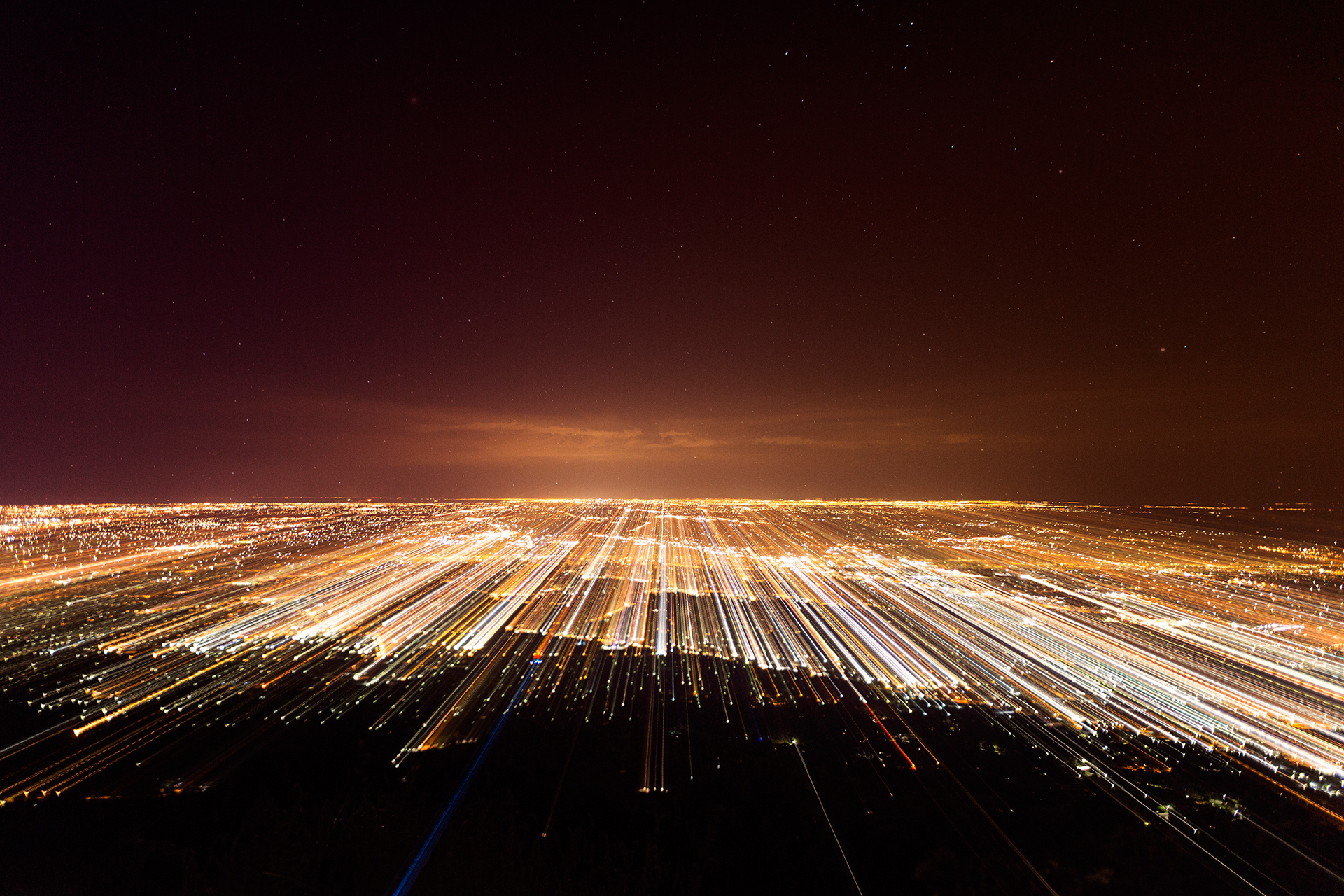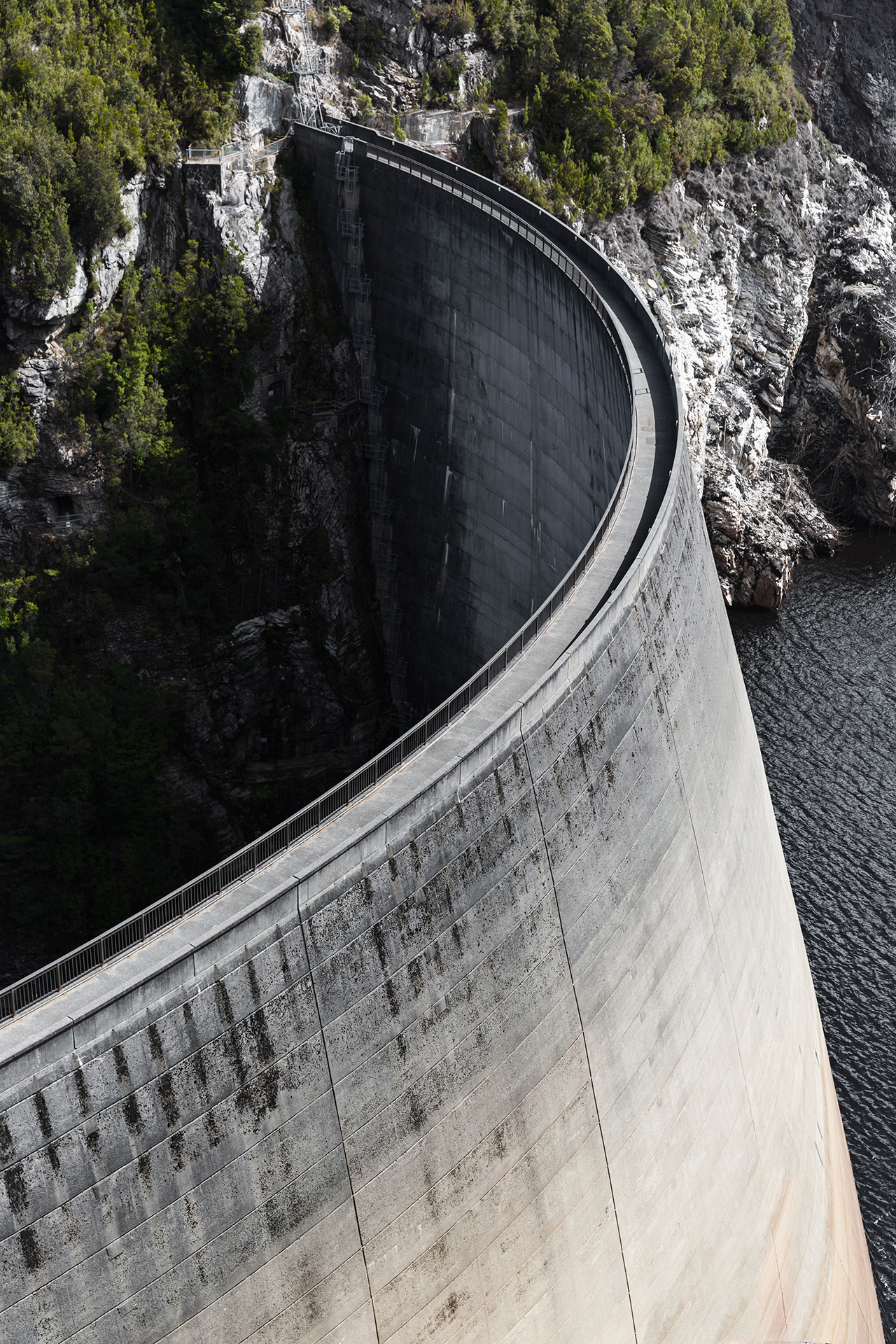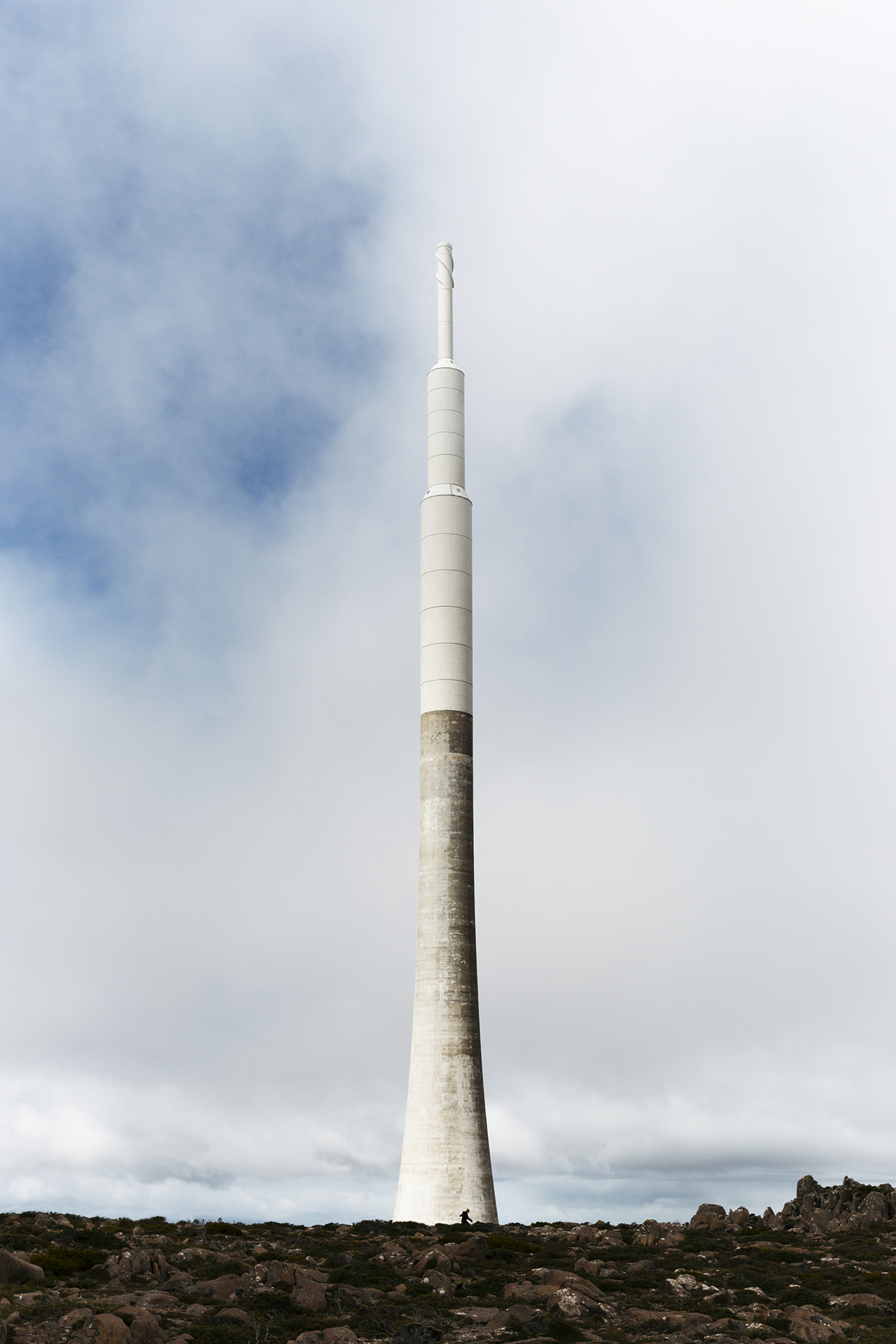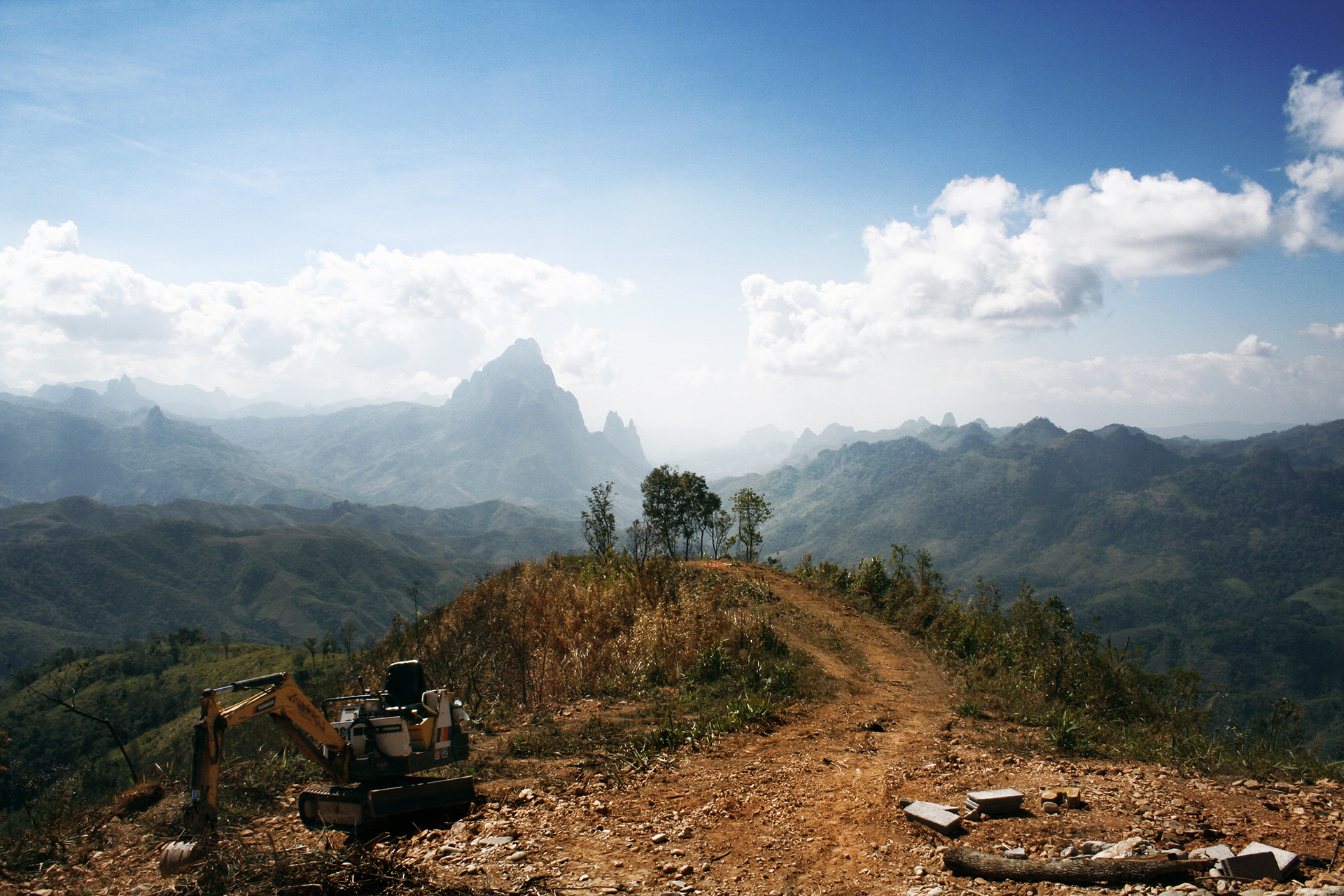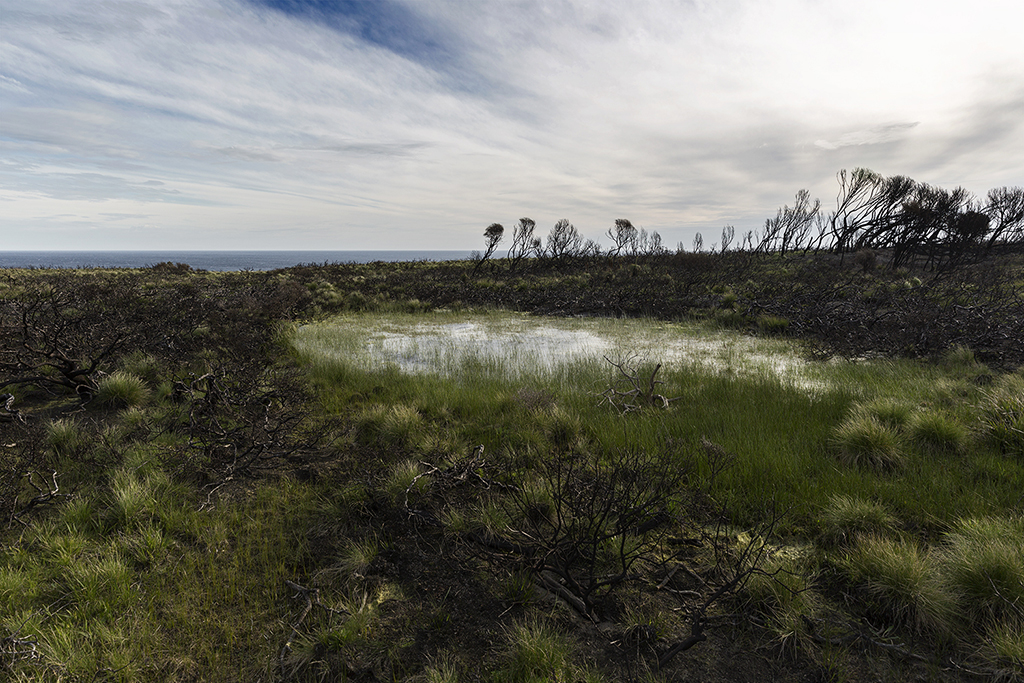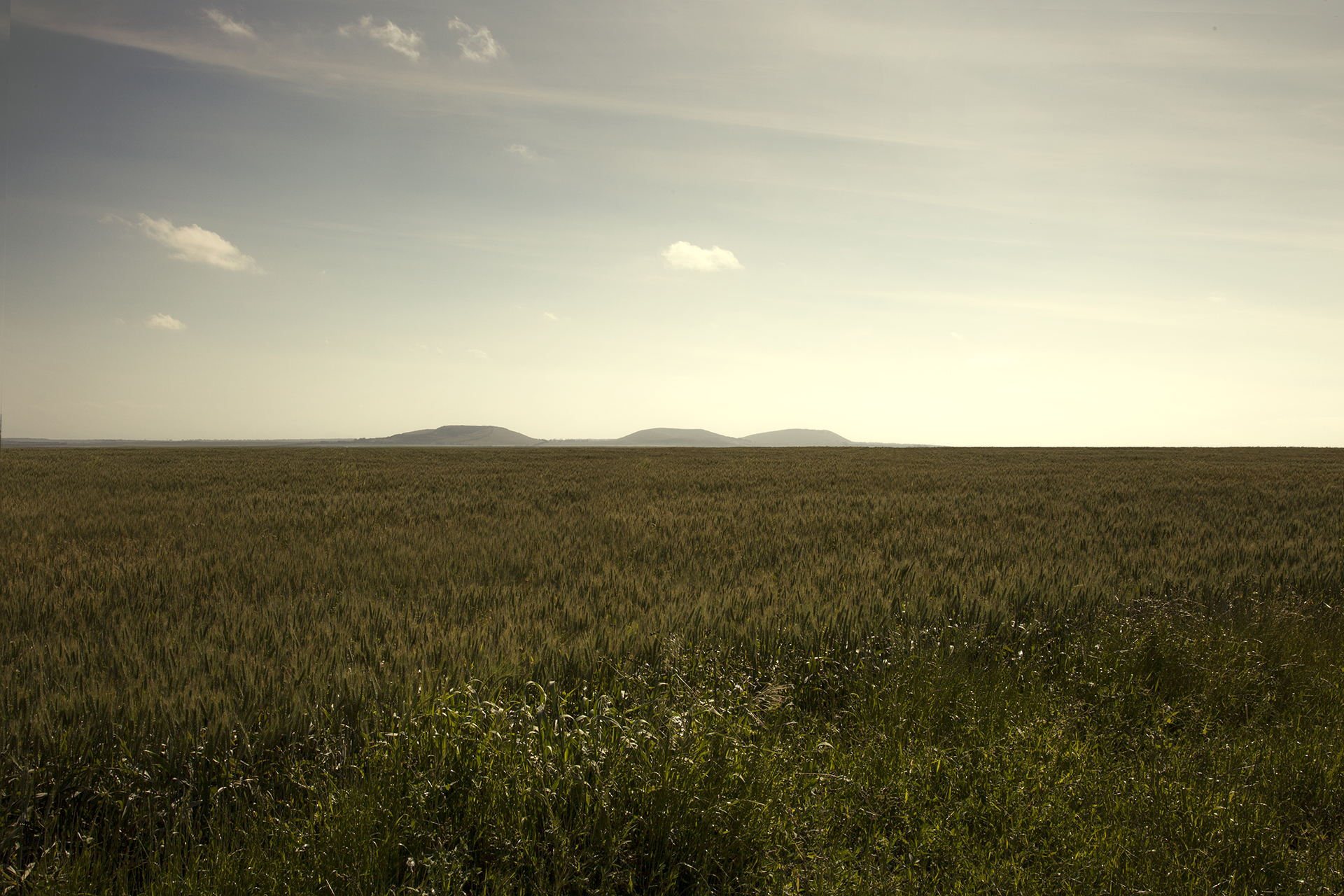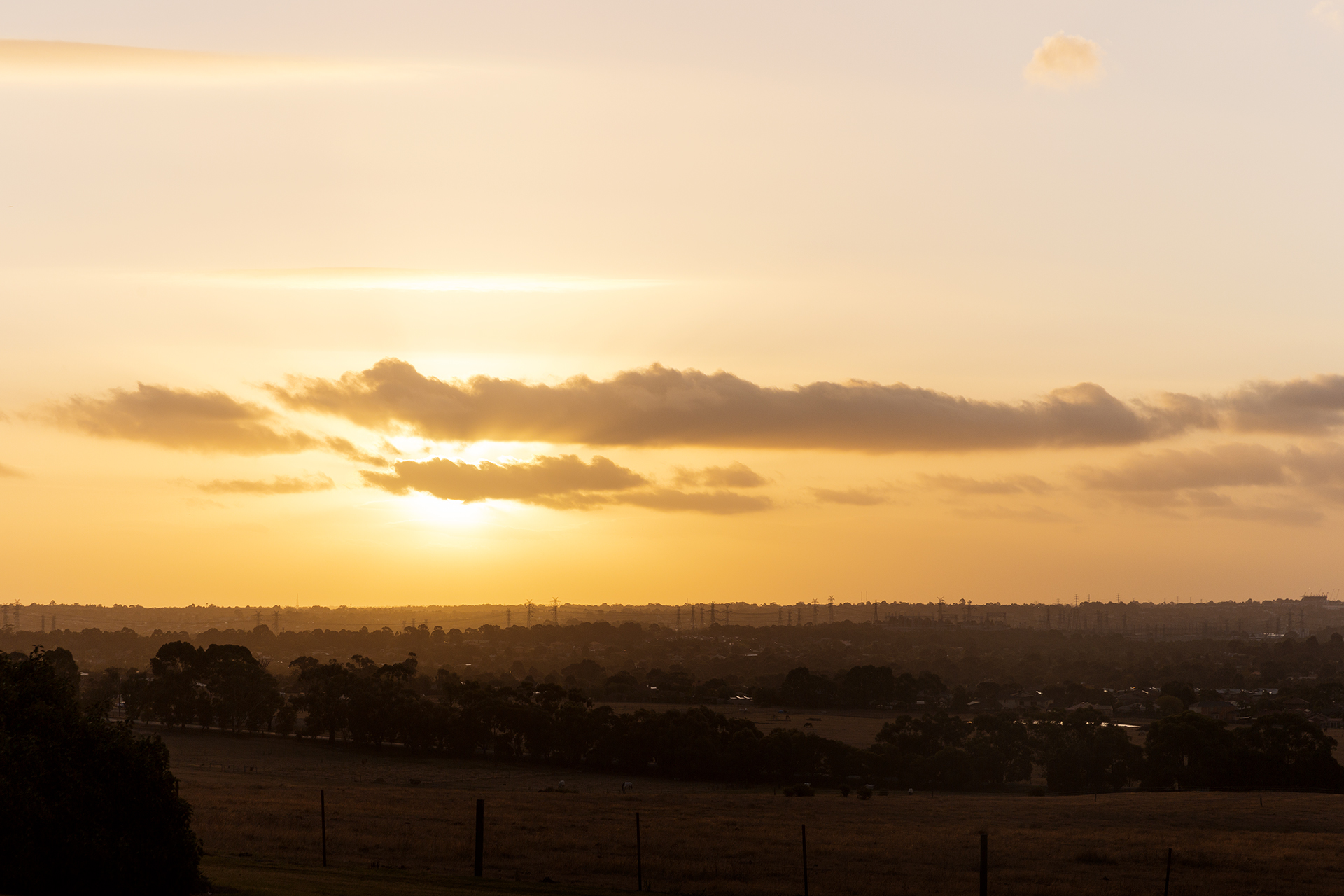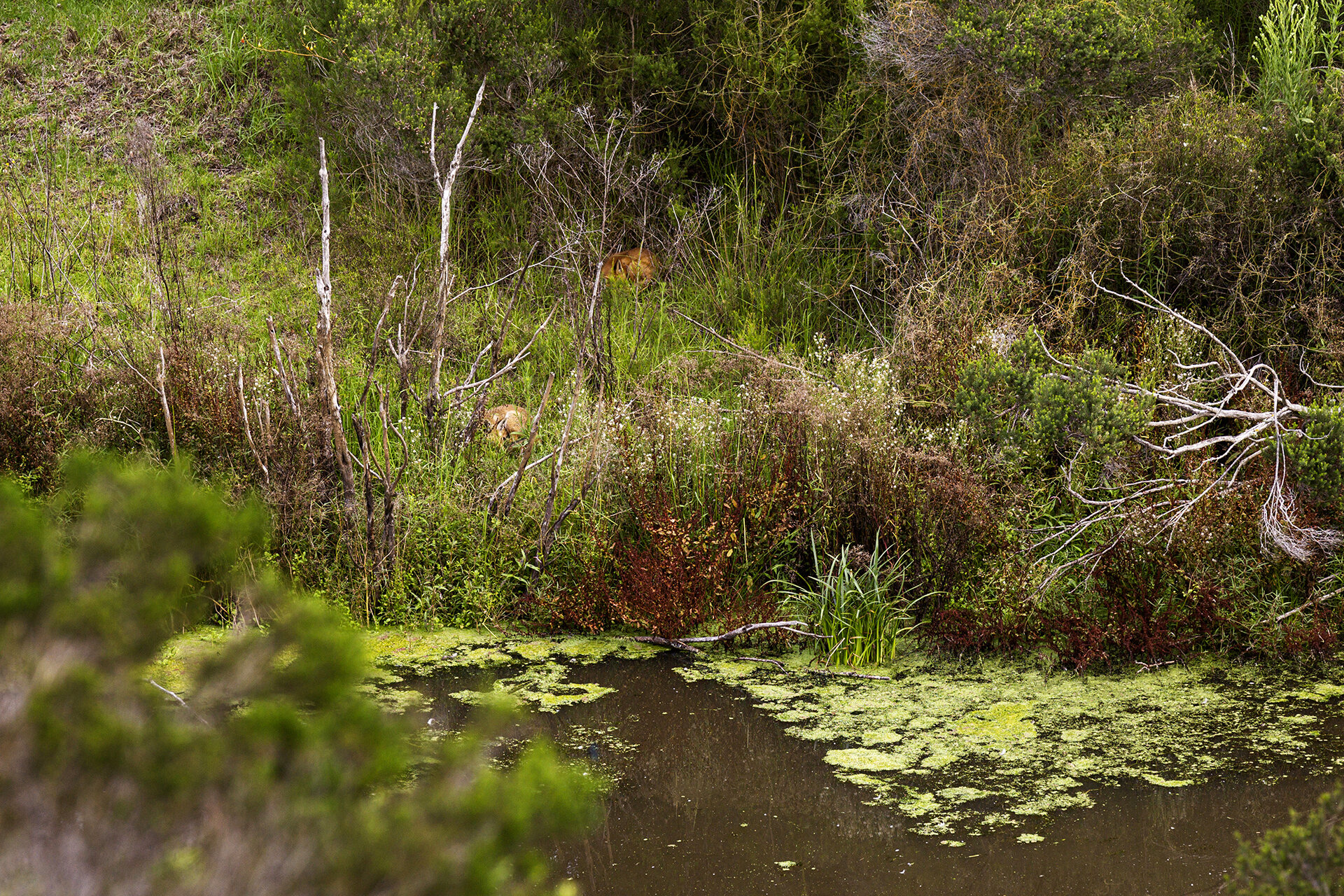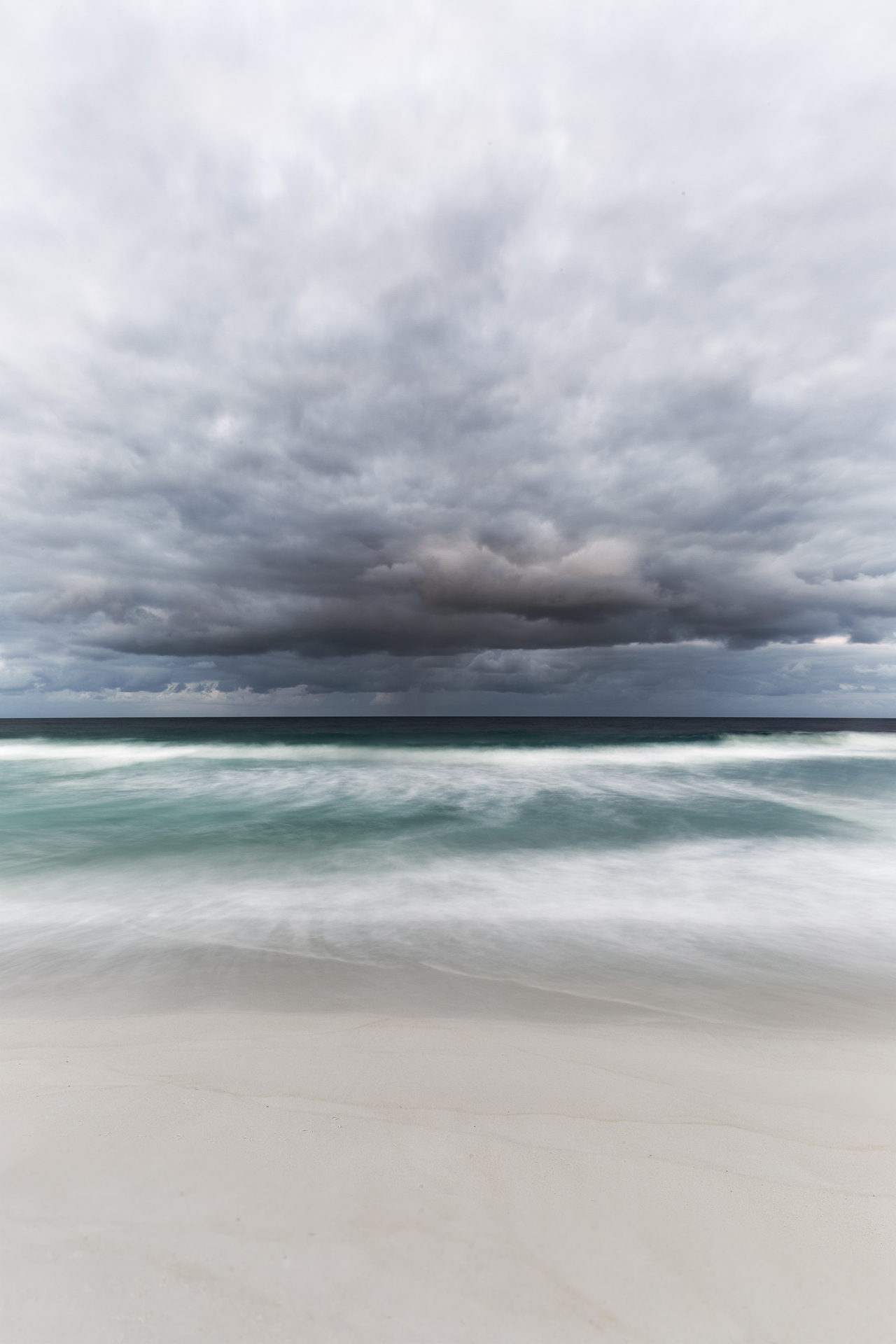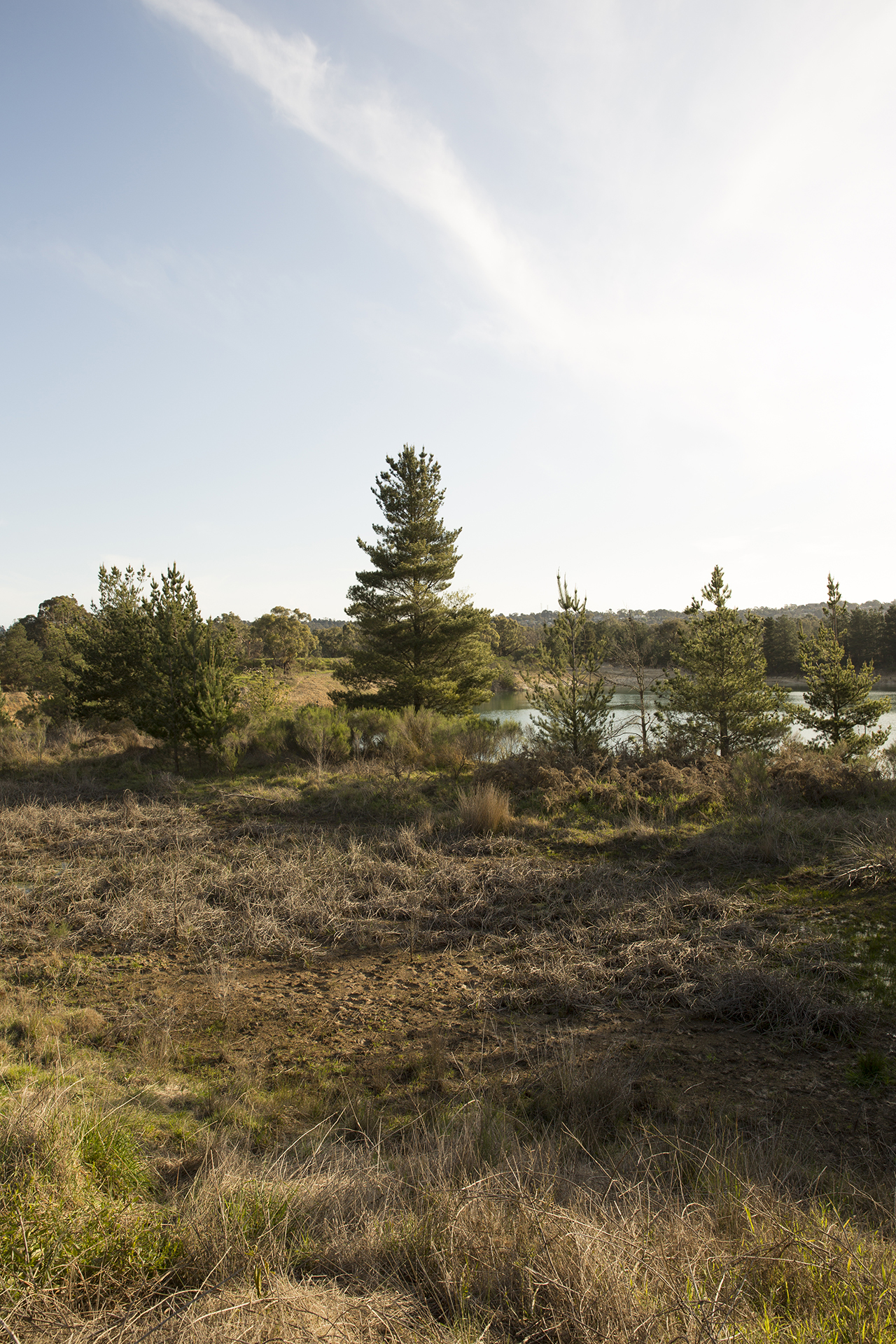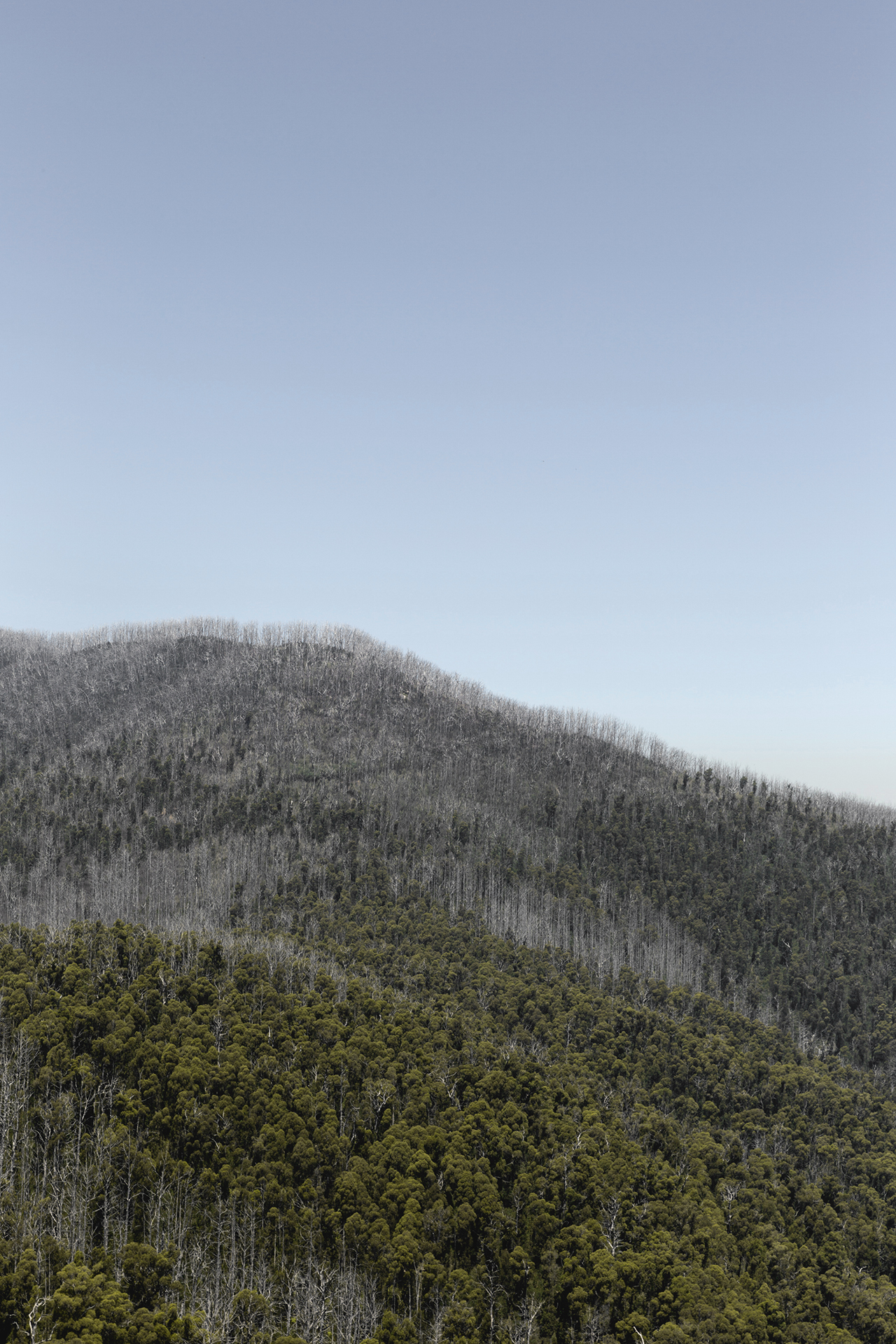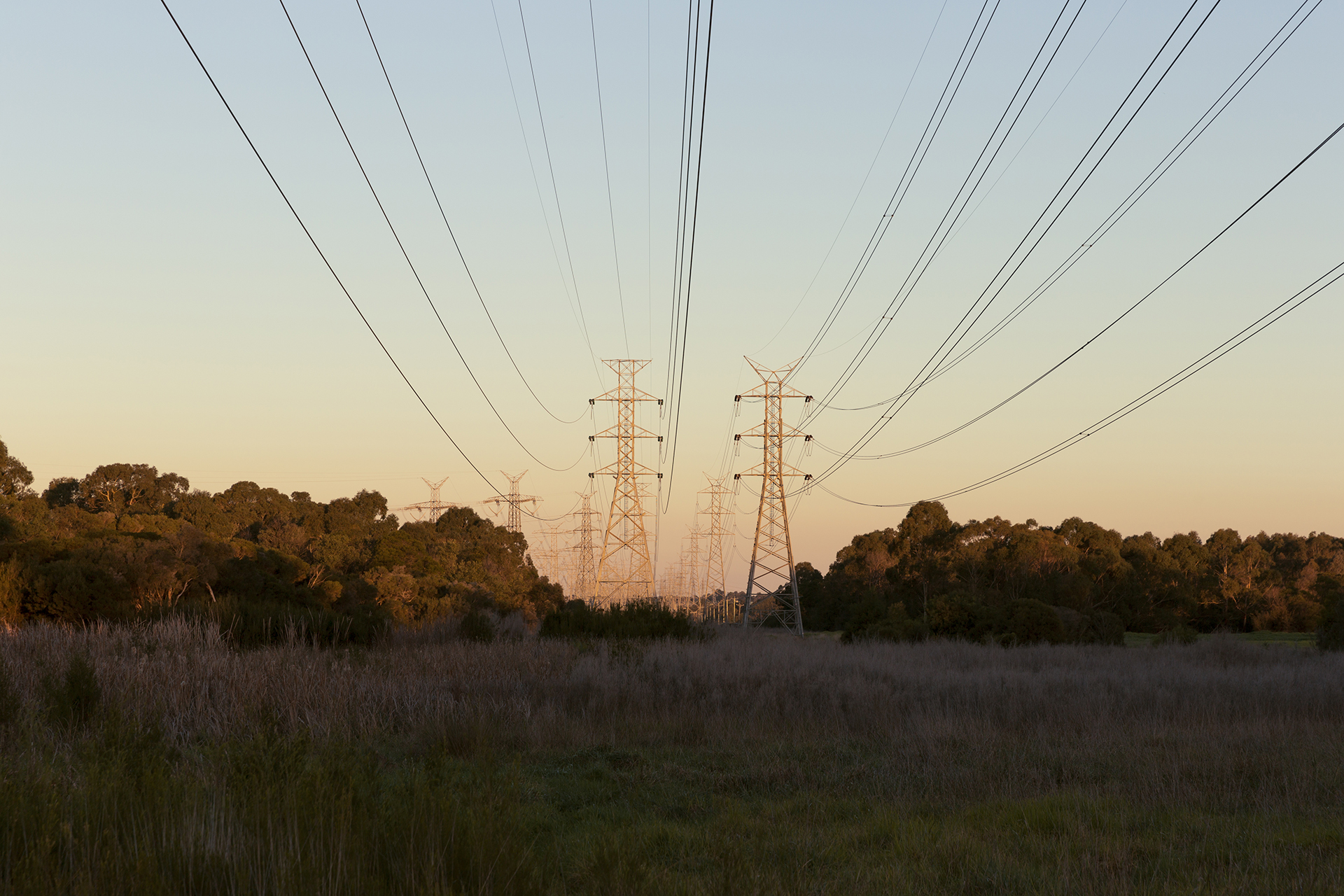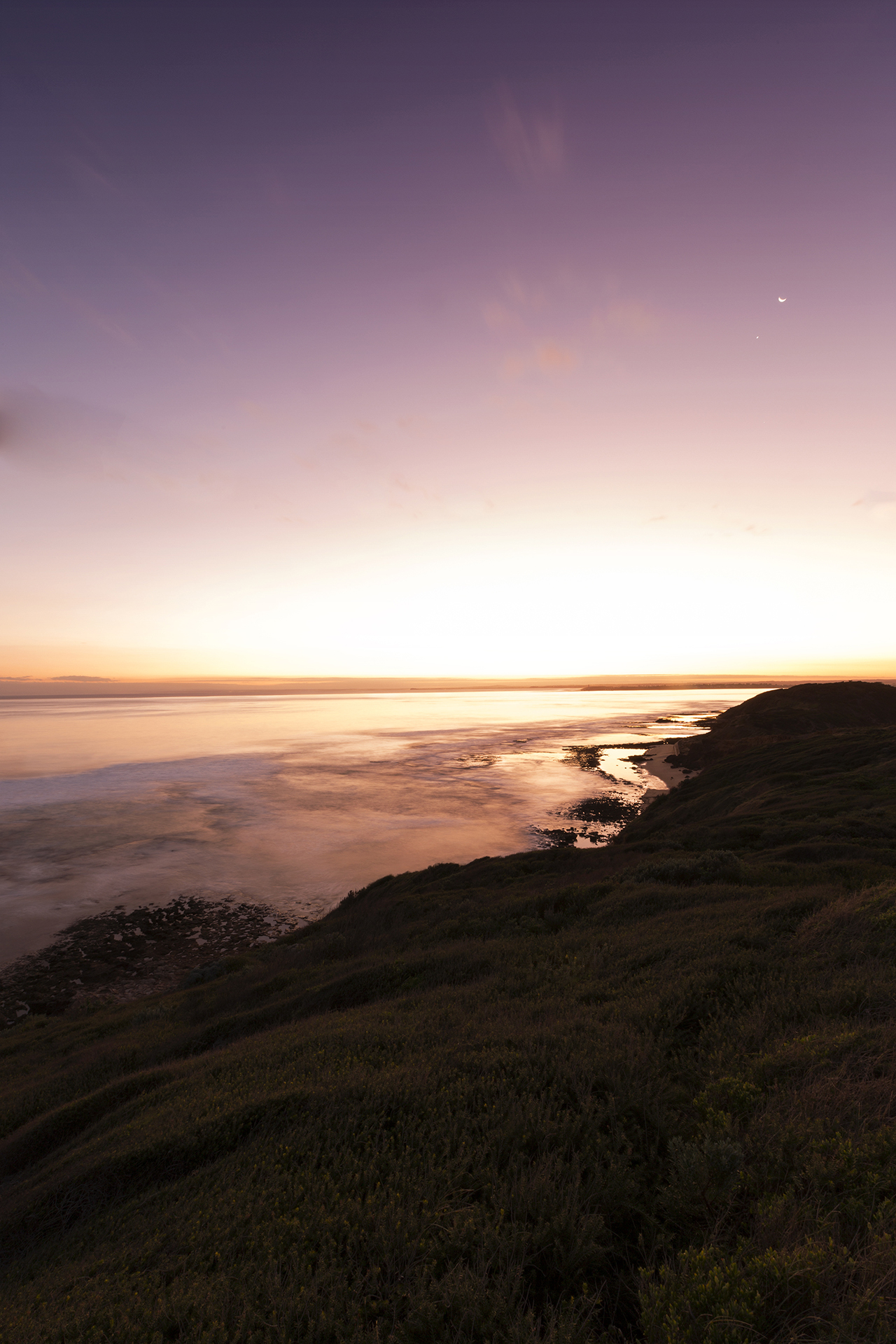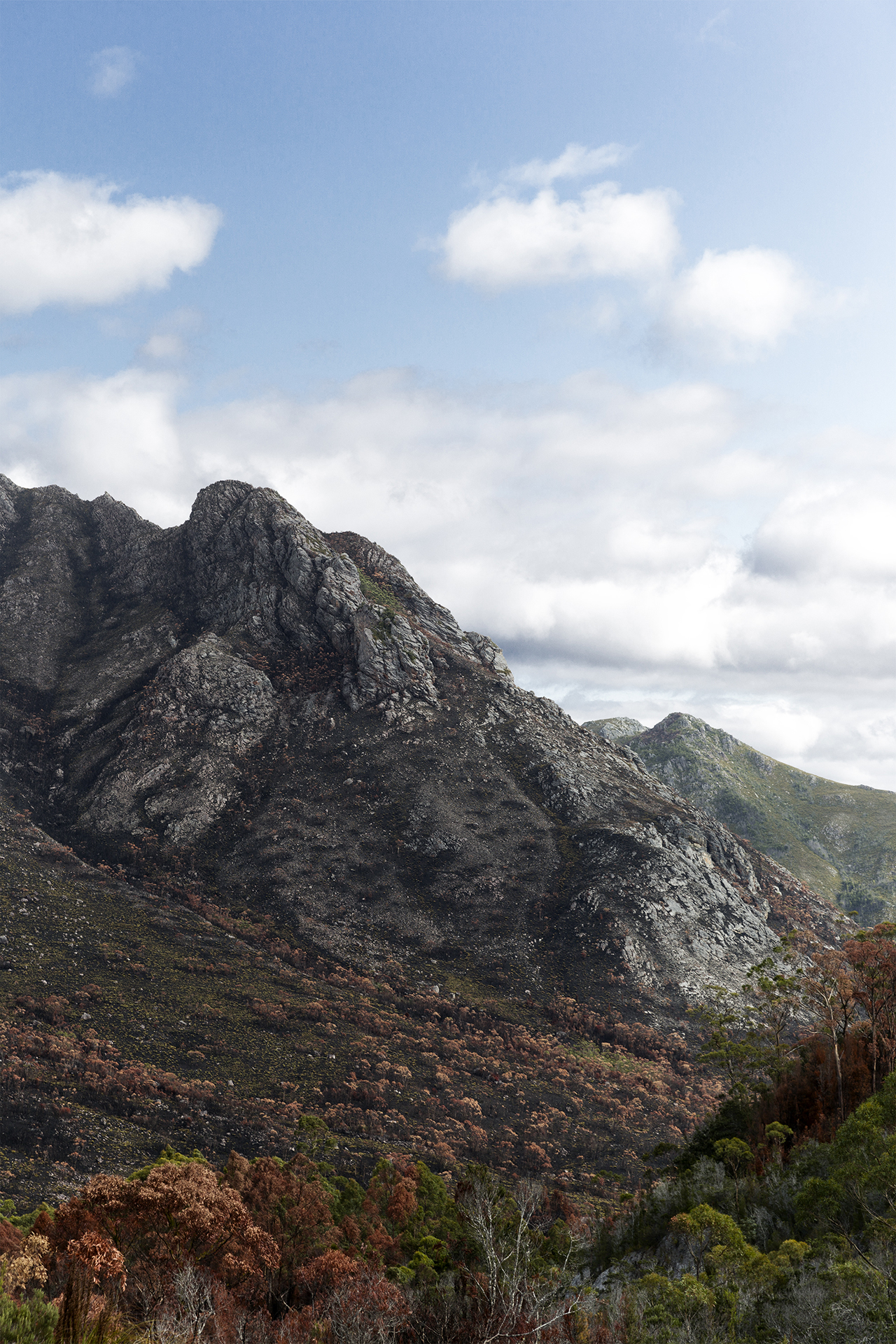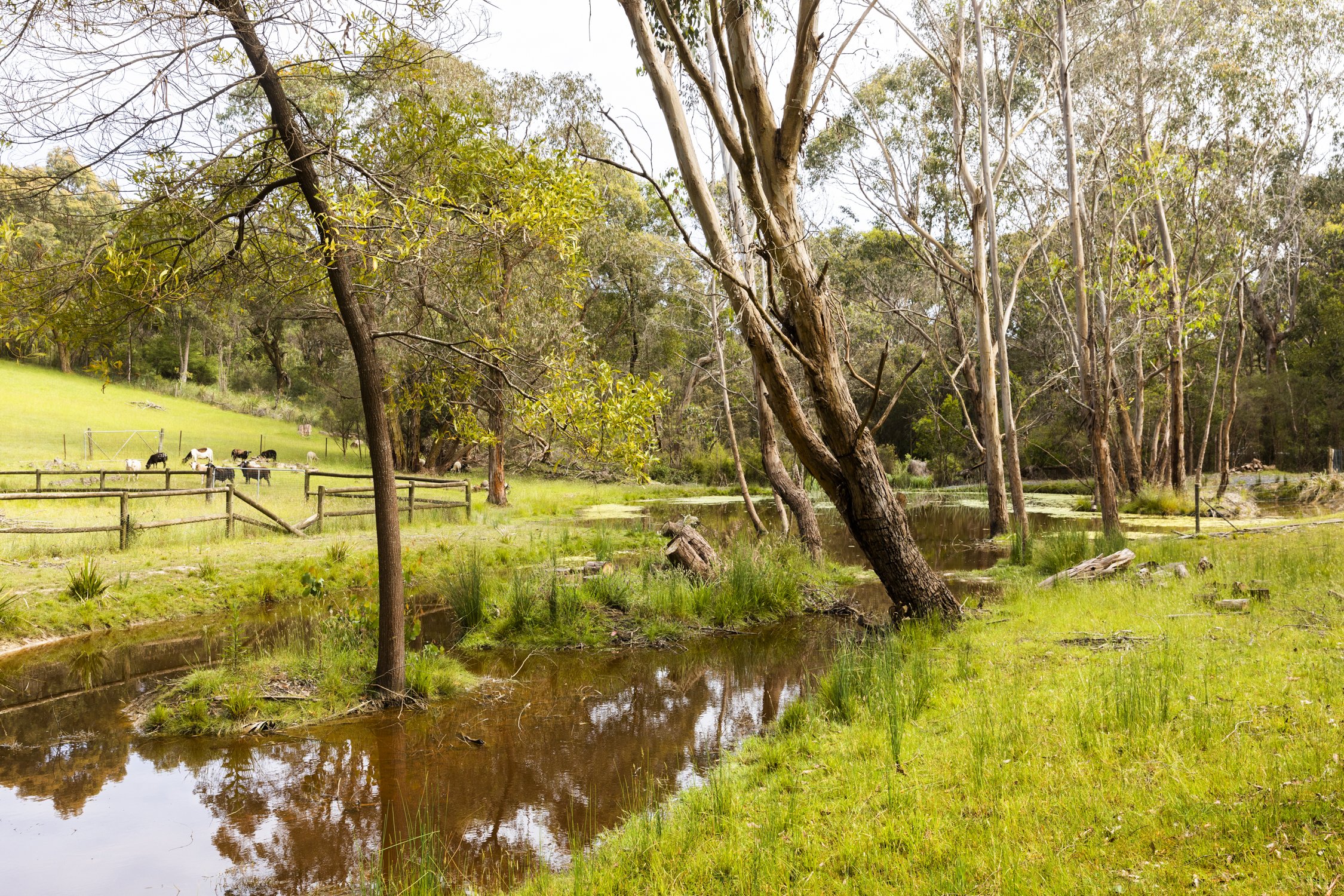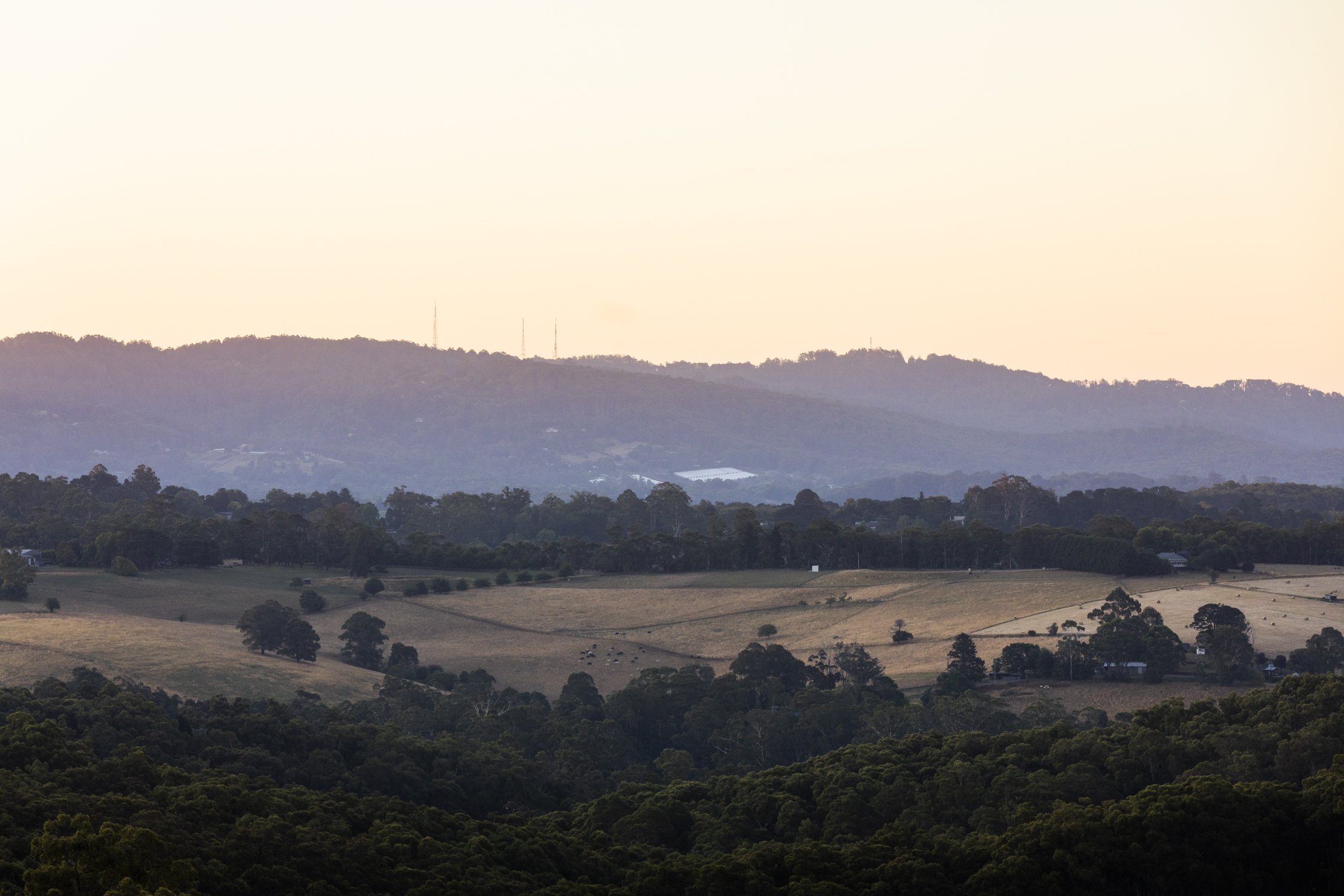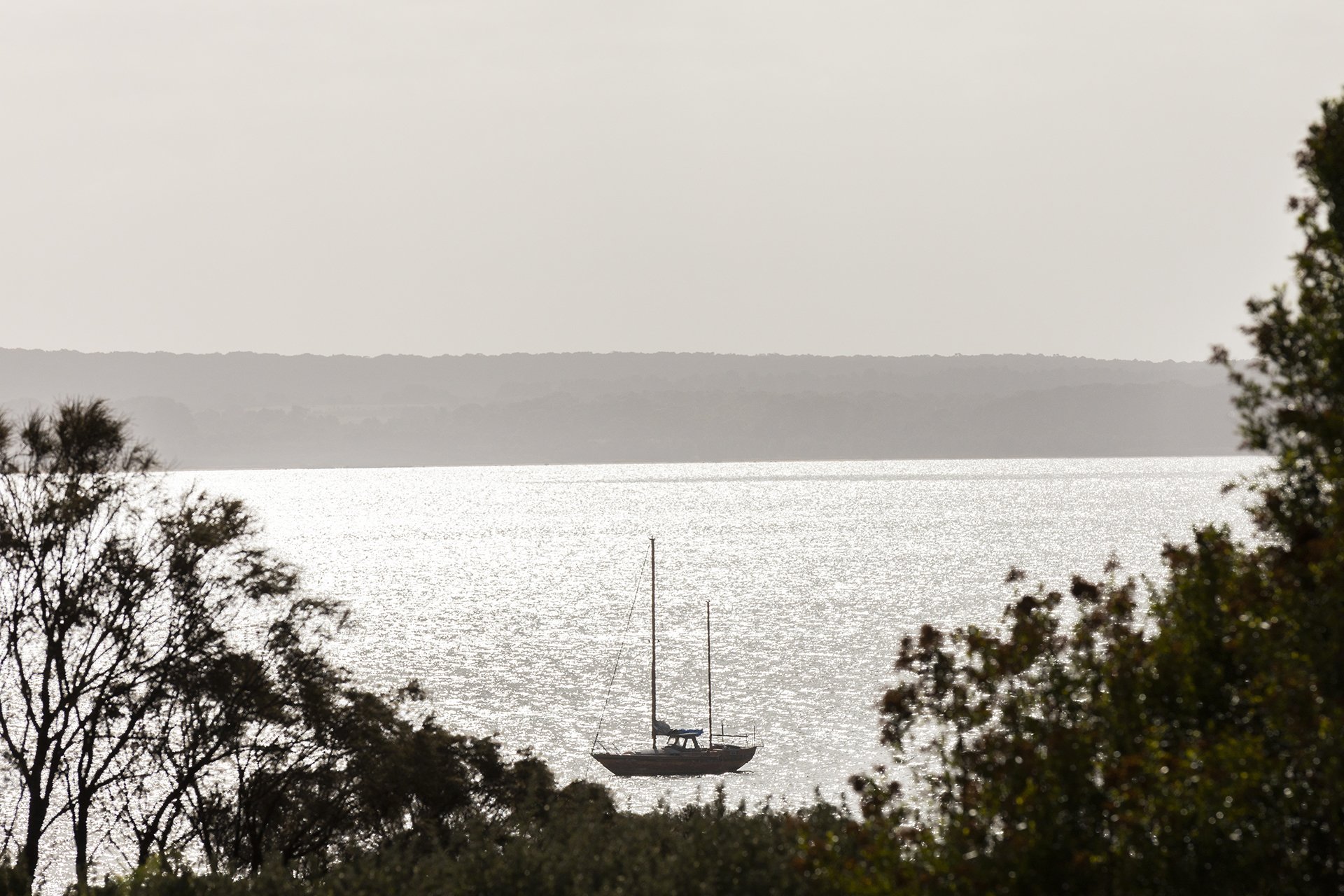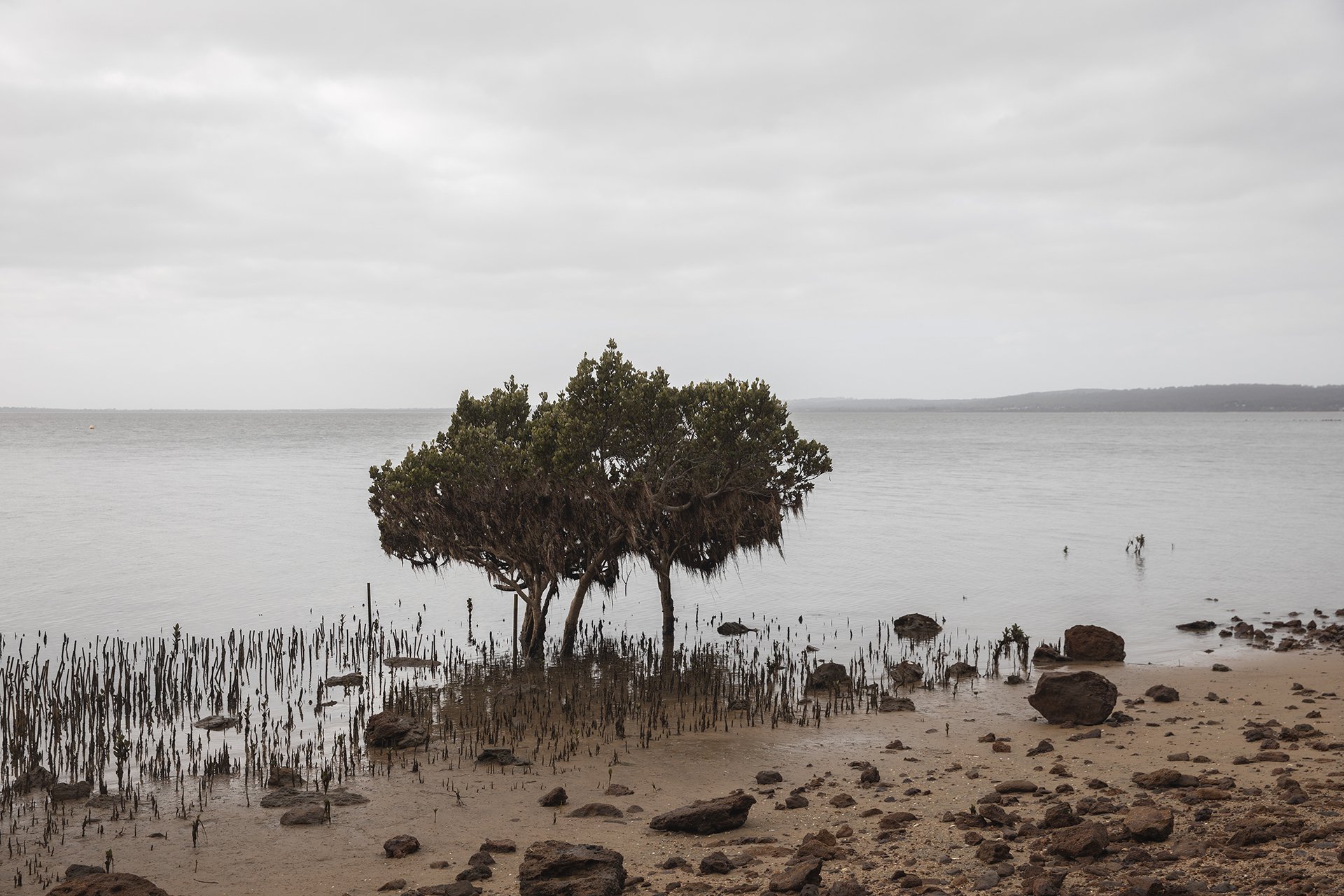This one is more for those other budding photographers I've connected with. If you're interested in this topic, this really is at the core of my interest in photography. I love equipment and engaging with my subject but my personal and out-of-hours interest is with light itself.
There are many beautiful facts about light. You can go through life not really understanding the whole phenomenon or you can spend your entire life with your camera at your side, it’s up to you. When I first started becoming interested in photography, I didn’t really think about light, and it’s clear, my work was poor, low quality, and quite simply, boring. It doesn’t matter what you photograph, photography means quite literally, the art, application, and practice of capturing light.
In this blog, I am going to discuss how to read natural and ambient light, specifically at dawn and dusk.
Mekong River, Vietnam
Golden Wake - Yarra Glen, Victoria, Australia
Reading Natural Light at Dawn
Clearly starting right from the beginning is the best way to approach ambient light. Dawn is possibly one of the most authentic ways to capture landmarks and spaces. I always consider my subjects with the time of day and some architecture in this instance can only have their facade captured at first light. Most people miss dawn, whether they’re sleeping right through, or they’re busy getting the family ready for school and stuck in the car on their way to work. It’s all over very quickly. In fact, you’ll probably spend more time preparing and getting to your dawn shoot than actually capturing your dawn-illuminated photography. So what is important to know about reading this kind of ambient light?
Personally, for me, other than the directional light for architectural facades, there is a quality that cannot be replicated at dusk. You know you’ve got a short window of opportunity to get your photos, so make sure you’ve read weather patterns, researched parking and access your site. I always take into consideration nearby hills and mountains which will make dawn come sooner or later depending on where you are situated. Each curvature of the landscape will give you a different result in diffused or direct sunlight as light spills over the landscape. Look at what way your subject is or needs to be facing in order to get the best-graduated light across the frame. This will give you a subtle boost in tonal range across your subject matter’s surface. Remember contrast can be utilised to your advantage by the direction of your composition and how perpendicular you are to your light source.
Middle of The Day, If You Dare
Although I do have a preference for more side light illumination, It's important to note that even during the middle of the day, there are still plenty of opportunities to capture stunning photographs. For instance, when the sun is directly overhead, you can experiment with shadows and create dramatic effects by having your subject stand in contrasting light. In this case, it's essential to make sure that you understand how to expose the highlights and shadows, or you risk blowing out your highlights or underexposing your shadows.
As the day progresses, the light becomes harsher and more direct. This can create challenges when it comes to shooting portraits or capturing landscapes. However, with a little bit of knowledge and the right tools, you can still capture stunning images even during the middle of the day.
One of the most important things to consider when shooting in harsh light is to find areas of shade or to use diffusers to soften the light. For example, you can use a reflector or a diffuser to create soft, even light on your subject's face. Alternatively, you can position your subject in a way that they are shaded from the direct sun, such as under a tree or in the shadow of a building.
Another great way to use harsh light to your advantage is by creating silhouettes. This is a great technique to use during the golden hour or during sunset when the light is more dramatic. Simply position your subject so that they are backlit by the sun, and expose them to the highlights to create a striking silhouette.
Port Melbourne, Melbourne, Australia
Reading Natural Light at Dusk
Dusk can be just as elusive as dawn. As the sun sets, the quality of light changes rapidly, giving you a brief window of time to capture your composition. During this time, the light becomes softer and more diffused, making it ideal for capturing portraits and landscapes. It’s important to keep in mind that the light is constantly changing, so you need to be quick and decisive with your subject and stay on top of what settings you need for the desired outcome.
One of the most important things to consider when reading natural light at dusk is the colour temperature of the light. As the sun sets, the light becomes warmer and more orange, which can be flattering for portraits. This is known as the golden hour and is a popular time for photographers and any afternoon and evening dwellers, they will be no freshman to this time of day.
Keep in mind that checking the cloud base can be really advantageous in these scenarios because it can be the difference between gorgeous golden light and a completely soft dull evening. I should add there is no right or wrong way to do things in photography as I utilise all scenarios to shoot depending on the desired outcome.
Ominous - Bay of Fires, Tasmania, Australia
Reading Weather Patterns for Ambient Light
Back in the day, I used to take the really rough route, and go out in absolutely whatever conditions, which yielded some great results and did create a certain type of ethereal feeling when I went exploring. All the experimenting I did with going head first into whatever conditions helped me understand the different qualities weather conditions can have on the environment. These days, I am much more technical when it comes to scheduling client work or personal projects or keeping some stellar afternoons free for family and friends.
There are heaps of app options out there, and it really just comes down to personal preference. Considering this blog is accessible worldwide, there are options more localised to your needs depending on where you are in the world, a couple that are seemingly universal that have great data are Weatherzone & Windy.
As dawn settles into mid-morning, the direction and quality of light will shift. This is where things can get really interesting. One of the most fascinating aspects of natural light is the way it changes throughout the day. Every hour, the light quality can shift, presenting new challenges and opportunities. The mid-morning light is often diffused and soft, perfect for capturing portraits, nature, and landscapes. The shadows are not too harsh, and the colours are usually rich and vibrant.
Once you build your understanding of how the elements behave and affect your photography, you'll be able to predict what's coming with less data and more with an intuitive sense. While the positioning of clouds and storm cells is great, when it comes to positioning, checking the Photoemphoris is highly recommended in executing specifically timed shots. They have a free web app and a paid mobile app. I am not sponsored by any of these services, I just think they're a great tool for any photographer.
If you enjoy this kind of content and would like to read more, click through the blog and sign up for the newsletter where I send out monthly happenings.


